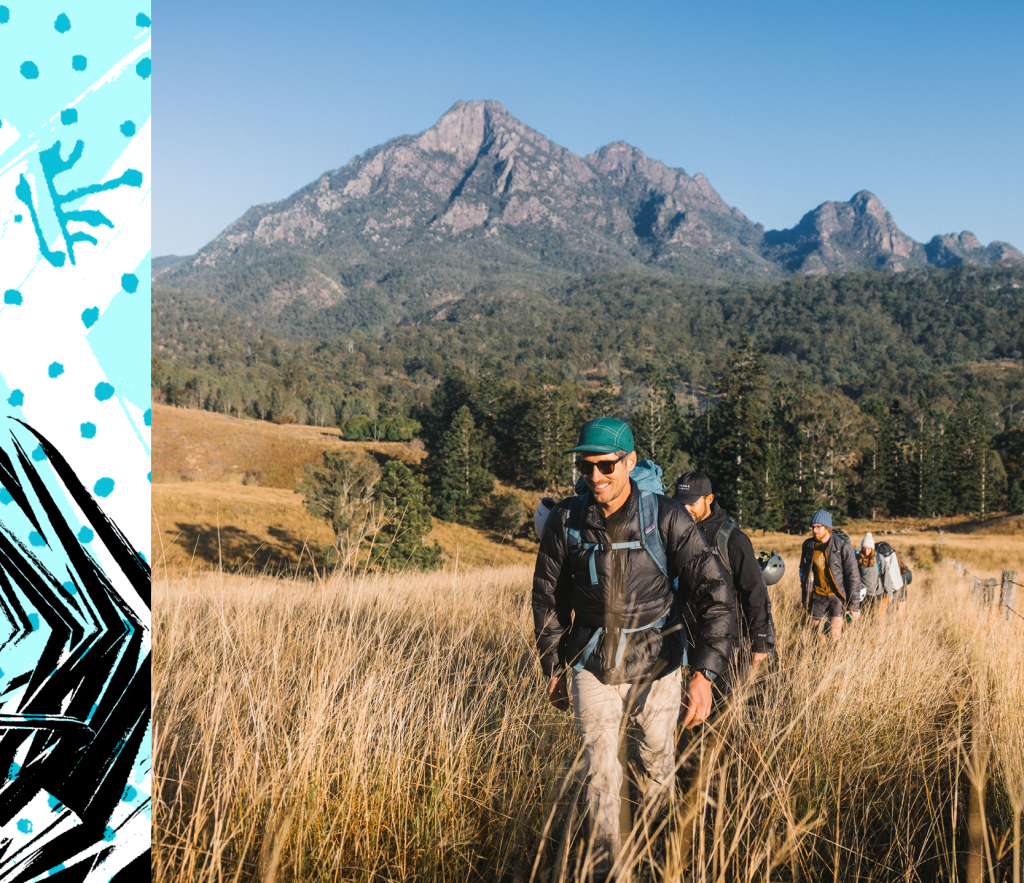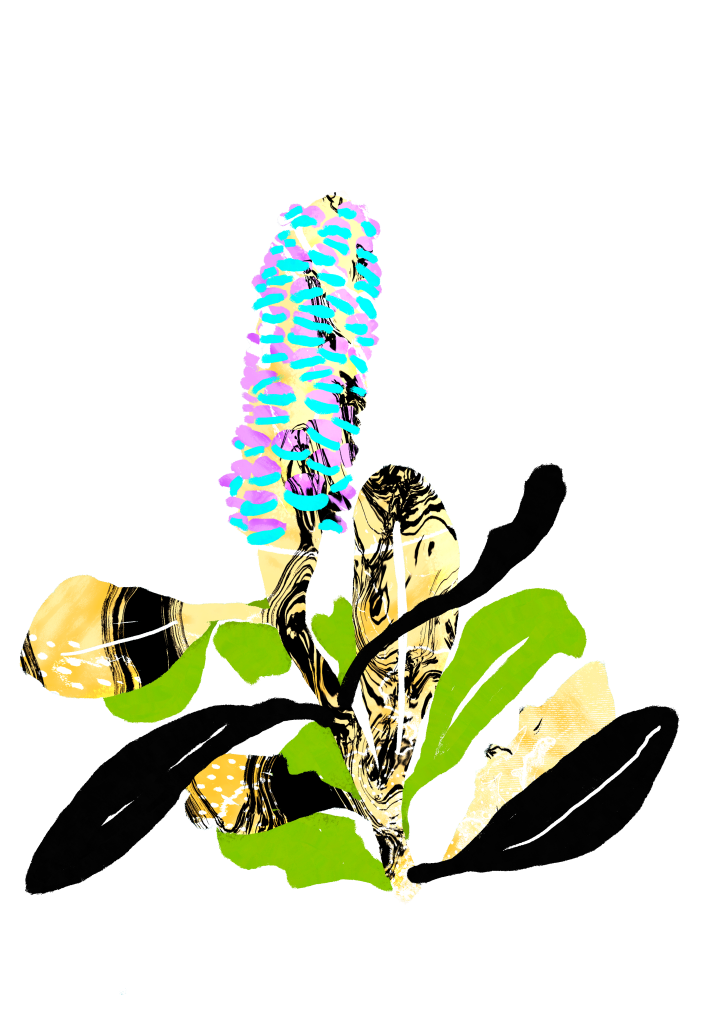Mount Barney National Park, situated within the Gondwana Rainforests of Australia World Heritage Area, boasts a remarkable range of biological diversity. Similar to Binna Burra, Mount Barney is home to Antarctic beech forests, which can be found at elevations above 900m. At a towering height of 1354m, Mount Barney dominates the landscape. Prior to the eruption of the Tweed Volcano 23 million years ago, the surrounding area of Mount Barney consisted of broad valleys with soft shale and sandstone. However, the eruption of basalt lava from a central vent gradually formed a shield volcano known as the Focal Peak Volcano. The lava flows from the Focal Peak Volcano were later overlapped by flows from the Tweed Volcano, which is now known as Wollumbin or Mount Warning.
Yes, lava on top of lava on top of lava! But not only that, such deep sedimentary pressures at Mount Barney during that time brought to the surface marine rocks that were 290 million years old and were once buried deep below. Standing in front of or exploring Mount Barney today offers a thrilling and awe-inspiring geological experience, as one gazes upon the imposing mass of granophyre that was thrust up to the surface by molten magma pressures from 2400m below ground level.
Mount Barney is predominantly covered by open eucalypt forests, which occupy 70% of the ridges and foothills of the mountain. Dry rainforest areas are typically dominated by hoop pines (Araucaria cunninghammii). As the elevation rises above 600m, cool subtropical rainforests thrive in small patches within moist gullies and on southern facing slopes. Once the heights reach 1000m, the summit is covered in mountain heath shrublands, harbouring several rare plant species that are found only on the peak and nowhere else in the world.
A notable attraction within Mount Barney National Park is a spectacular grove of Grass Trees (Xanthorea johnsii) along the Yellow Pinch circuit. If fortunate, visitors may also spot the threatened brush-tailed rock wallaby descending from a steep rocky outcrop for a wander. While enjoying the view from Yellow Pinch and looking out at Mount Barney’s eastern flank, one may be able to hear the song of the eastern bristlebird. This unique song descends from a lineage of ancient songbirds that evolved around 24 million years ago, adding to the rich natural heritage of the area.
But what about before all this? Read our story:
A Supercontinental Drift over Lava and a Scenic Rim is Born
Also read how the story unfolds across our other key Heart & Lava destinations:


Written by Heart & Lava co-founder, Dr. Tristan Schultz